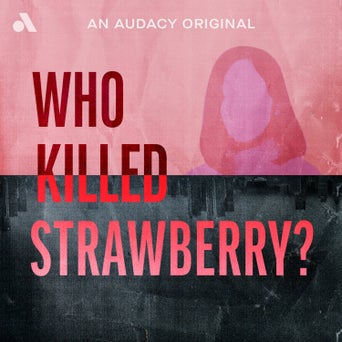Sound it out: ‘Sold a Story’ investigates how people are taught to read and where the program lapses

During the pandemic, mother Corinne Adams monitored her son’s Zoom school lessons and made a horrifying discovery. Charlie was unable to read, and he isn’t the only one in this predicament. Statistically speaking, 65% of fourth graders do not read fluently, and in schools, the tools necessary to become skilled readers are not taught. How did schools and kids get to this point?
Emily Hanford realized this was happening and began investigating. On American Public Media’s “Sold a Story,” Emily looks into 4 authors and the publishing company responsible for selling this kind of reading program widely bought and taught by teachers.
Stream this 6-part series from the beginning to learn about the history of reading instruction in the United States and what Emily learned throughout her investigation in episodes running less than an hour on average. The episodes also speak with teachers, parents who realized their children were in the same unfortunate situation as Charlie, and more guests sharing their perspectives.
In widely-used reading lessons, kids are not taught to sound out new words. Rather, when they encounter unknown words, they must guess the following words based on context. The 2nd episode dives into Marie Clay’s reading technique that was developed 60 years ago. She believed this method would help kids catch up if they were behind. This program is still popular and often integrated in modern schools.
When President George W. Bush prioritized reading instruction with the Bush’s Reading First initiative, Congress gave funding to schools to implement reading programs rooted in scientific research. Marie Clay’s supporters were not fans of Bush’s program.
In episode 4, hear about Teachers College Columbia professor Lucy Calkins, who still holds clout in primary American education. This episode explores scientific research that went against Lucy’s reading strategies.
We recommend “Sold a Story” for parents, educators, and listeners interested in learning more about the reading programs in America’s educational system. The final episodes will be released throughout November.







